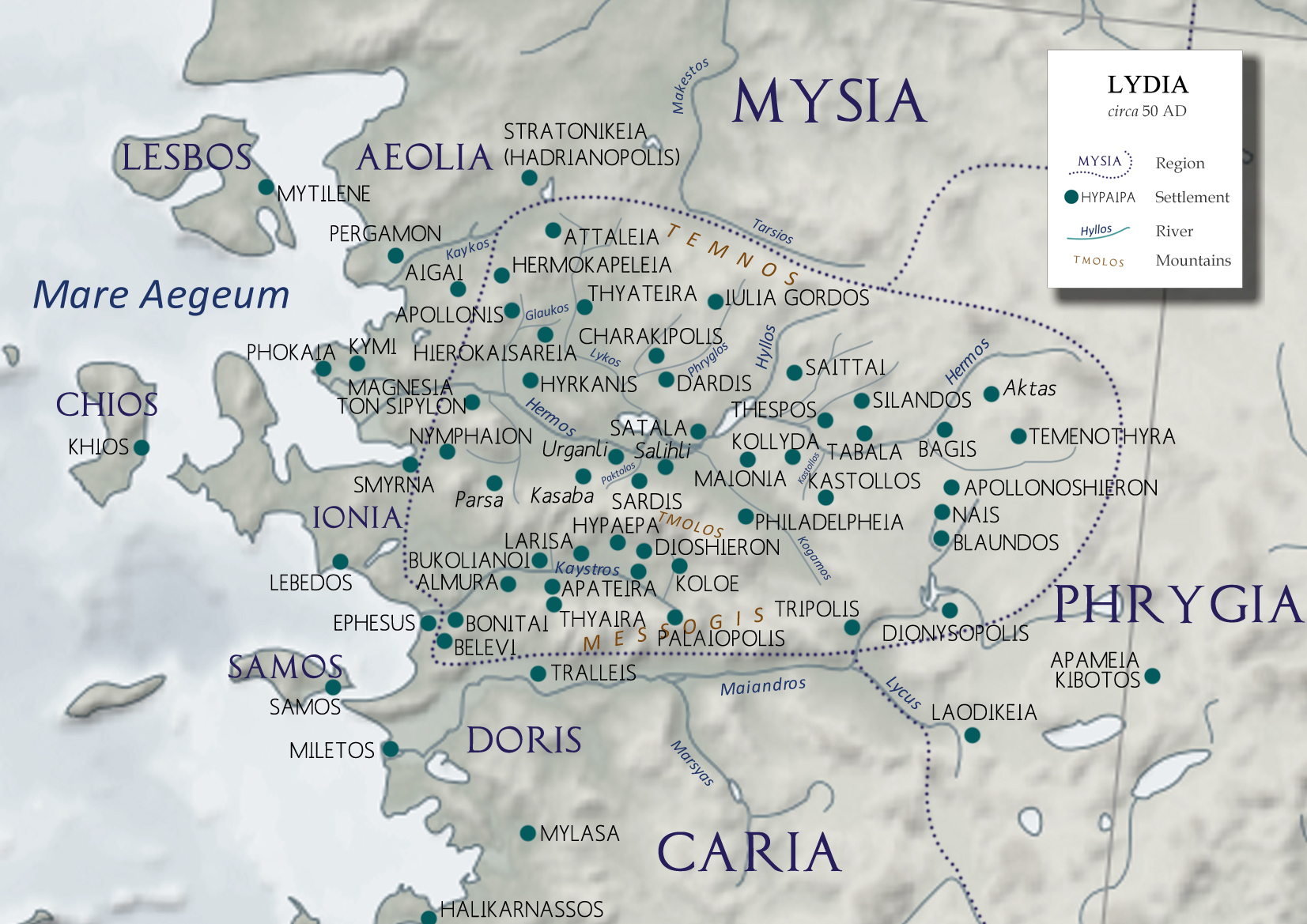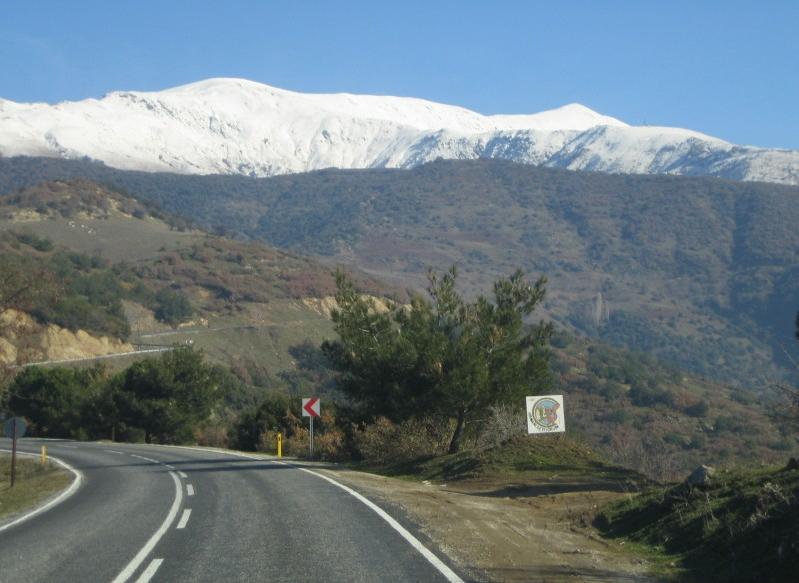|
Hypaepa (planthopper)
''Hypaepa'' is a genus of planthoppers in the family Fulgoridae, subfamily Poiocerinae. Species are distributed in Central America. Species * ''Hypaepa costata'' (Fabricius, 1803) * ''Hypaepa diversa'' Distant, 1899 * ''Hypaepa illuminata'' Distant, 1887 * ''Hypaepa laetabilis'' (Walker, 1858) * ''Hypaepa rosales'' (Lallemand, 1963) * ''Hypaepa rubricata'' Distant, 1887 * ''Hypaepa rufifascia'' (Walker, 1851) * ''Hypaepa transversalis'' Signoret, 1863 * ''Hypaepa zapotensis'' Distant, 1887 References {{Taxonbar, from=Q13533729 Hemiptera of Central America Auchenorrhyncha genera Poiocerinae Taxa named by Carl Stål ... [...More Info...] [...Related Items...] OR: [Wikipedia] [Google] [Baidu] |
Planthopper
A planthopper is any insect in the infraorder Fulgoromorpha, in the suborder Auchenorrhyncha, a group exceeding 12,500 described species worldwide. The name comes from their remarkable resemblance to leaves and other plants of their environment and that they often "hop" for quick transportation in a similar way to that of grasshoppers. However, planthoppers generally walk very slowly. Distributed worldwide, all members of this group are plant-feeders, though surprisingly few are considered pests. The infraorder contains only a single superfamily, Fulgoroidea. Fulgoroids are most reliably distinguished from the other Auchenorrhyncha by two features; the bifurcate ("Y"-shaped) anal vein in the forewing, and the thickened, three-segmented antennae, with a generally round or egg-shaped second segment (pedicel) that bears a fine filamentous arista. Overview Planthoppers are laterally flattened and hold their broad wings vertically, in a tent-like fashion, concealing the sides of ... [...More Info...] [...Related Items...] OR: [Wikipedia] [Google] [Baidu] |
Fulgoridae
The family Fulgoridae is a large group of hemipteran insects, especially abundant and diverse in the tropics, containing over 125 genera worldwide. They are mostly of moderate to large size, many with a superficial resemblance to Lepidoptera due to their brilliant and varied coloration. Various genera and species (especially the genera '' Fulgora'' and '' Pyrops'') are sometimes referred to as lanternflies or lanthorn flies, though they do not emit light. The head of some species is produced into a hollow process (structure), resembling a snout, which is sometimes inflated and nearly as large as the body of the insect, sometimes elongated, narrow and apically upturned. It was believed, mainly on the authority of Maria Sibylla Merian, that this process, the so-called lantern, was luminous at night in the living insect. Carl Linnaeus adopted the statement without question and coined a number of specific names, such as ''laternaria'', ''phosphorea'' and ''candelaria'' to illustrate ... [...More Info...] [...Related Items...] OR: [Wikipedia] [Google] [Baidu] |
Poiocerinae
The subfamily Poiocerinae include Hemipteran insects in the family Fulgoridae, found especially in the tropics. Tribes and genera The ''Fulgoromorpha Lists On the Web'' (FLOW) includes four tribes: Diloburini Auth. Metcalf, 1938 (central & South America) * '' Aracynthus'' Stål, 1866 * '' Dilobura'' Spinola, 1839 * '' Echetra'' Walker, 1858 * '' Episcius'' Spinola, 1839 * '' Japetus'' Stål, 1863 * '' Obia'' Distant, 1887 * '' Zepasa'' Distant, 1906 Lystrini Auth. Spinola, 1839 * '' Lystra'' Fabricius, 1803 * '' Lystrenia'' Fennah & Carvalho, 1963 Paralystrini Auth. Metcalf, 1938 (South America) * '' Paralystra'' White, 1846 Poiocerini Auth. Haupt, 1929 Calyptoproctina subtribe '' Cyrpoptus'' sp. ''Polydictya uniformis'' Auth. Metcalf, 1938 (Americas, Asia, Australasia) * ''Alphina'' Stål, 1863 * '' Birdantis'' Stål, 1863 * '' Brasiliana'' Lallemand, 1959 * ''Calyptoproctus'' Spinola, 1839 * '' Coptopola'' Stål, 1869 * '' Curetia'' Stål, 1862 * '' Cyrpoptus'' ... [...More Info...] [...Related Items...] OR: [Wikipedia] [Google] [Baidu] |
Central America
Central America ( es, América Central or ) is a subregion of the Americas. Its boundaries are defined as bordering the United States to the north, Colombia to the south, the Caribbean Sea to the east, and the Pacific Ocean to the west. Central America consists of eight countries: Belize, Costa Rica, El Salvador, Guatemala, Honduras, Mexico, Nicaragua, and Panama. Within Central America is the Mesoamerican biodiversity hotspot, which extends from northern Guatemala to central Panama. Due to the presence of several active geologic faults and the Central America Volcanic Arc, there is a high amount of seismic activity in the region, such as volcanic eruptions and earthquakes which has resulted in death, injury, and property damage. In the pre-Columbian era, Central America was inhabited by the indigenous peoples of Mesoamerica to the north and west and the Isthmo-Colombian peoples to the south and east. Following the Spanish expedition of Christopher Columbus' ... [...More Info...] [...Related Items...] OR: [Wikipedia] [Google] [Baidu] |
Hypaepa Costata
Hypaepa or Hypaipa ( grc, τὰ Ὕπαιπα) was an Ancient city and (arch)bishopric in ancient Lydia, near the north bank of the Cayster River, and 42 miles from Ephesus, Ephesus and remains a Latin Catholic titular see. Name and location Its name was derived from its situation at the foot of Mount Aipos, itself a southern foothill of Mount Tmolus, Its location was identified by the Frenchmen Cousinéry and Texier and confirmed by the excavations carried out by Demostene Baltazzi on behalf of the Ottoman government in 1892. The ruins are close to the present-day village of Günlüce (earlier known as Datbey or Tapaı; in the Ottoman vilayet of Smyrna), 4 kilometres northwest of the town of Ödemiş. Its position looking towards the plain of Caystrus, was a strategic one on the route between Sardis and Ephesus. History In 88 BC, Hypaepa rebelled against Mithridates VI of Pontus and was severely punished. Under Roman Emperor Tiberius (AD 14-37) it was selection as a c ... [...More Info...] [...Related Items...] OR: [Wikipedia] [Google] [Baidu] |
Hypaepa Illuminata
Hypaepa or Hypaipa ( grc, τὰ Ὕπαιπα) was an Ancient city and (arch)bishopric in ancient Lydia, near the north bank of the Cayster River, and 42 miles from Ephesus, Ephesus and remains a Latin Catholic titular see. Name and location Its name was derived from its situation at the foot of Mount Aipos, itself a southern foothill of Mount Tmolus, Its location was identified by the Frenchmen Cousinéry and Texier and confirmed by the excavations carried out by Demostene Baltazzi on behalf of the Ottoman government in 1892. The ruins are close to the present-day village of Günlüce (earlier known as Datbey or Tapaı; in the Ottoman vilayet of Smyrna), 4 kilometres northwest of the town of Ödemiş. Its position looking towards the plain of Caystrus, was a strategic one on the route between Sardis and Ephesus. History In 88 BC, Hypaepa rebelled against Mithridates VI of Pontus and was severely punished. Under Roman Emperor Tiberius (AD 14-37) it was selection as a ... [...More Info...] [...Related Items...] OR: [Wikipedia] [Google] [Baidu] |
Hypaepa Laetabilis
Hypaepa or Hypaipa ( grc, τὰ Ὕπαιπα) was an Ancient city and (arch)bishopric in ancient Lydia, near the north bank of the Cayster River, and 42 miles from Ephesus, Ephesus and remains a Latin Catholic titular see. Name and location Its name was derived from its situation at the foot of Mount Aipos, itself a southern foothill of Mount Tmolus, Its location was identified by the Frenchmen Cousinéry and Texier and confirmed by the excavations carried out by Demostene Baltazzi on behalf of the Ottoman government in 1892. The ruins are close to the present-day village of Günlüce (earlier known as Datbey or Tapaı; in the Ottoman vilayet of Smyrna), 4 kilometres northwest of the town of Ödemiş. Its position looking towards the plain of Caystrus, was a strategic one on the route between Sardis and Ephesus. History In 88 BC, Hypaepa rebelled against Mithridates VI of Pontus and was severely punished. Under Roman Emperor Tiberius (AD 14-37) it was selection as a c ... [...More Info...] [...Related Items...] OR: [Wikipedia] [Google] [Baidu] |
Hypaepa Rosales
Hypaepa or Hypaipa ( grc, τὰ Ὕπαιπα) was an Ancient city and (arch)bishopric in ancient Lydia, near the north bank of the Cayster River, and 42 miles from Ephesus, Ephesus and remains a Latin Catholic titular see. Name and location Its name was derived from its situation at the foot of Mount Aipos, itself a southern foothill of Mount Tmolus, Its location was identified by the Frenchmen Cousinéry and Texier and confirmed by the excavations carried out by Demostene Baltazzi on behalf of the Ottoman government in 1892. The ruins are close to the present-day village of Günlüce (earlier known as Datbey or Tapaı; in the Ottoman vilayet of Smyrna), 4 kilometres northwest of the town of Ödemiş. Its position looking towards the plain of Caystrus, was a strategic one on the route between Sardis and Ephesus. History In 88 BC, Hypaepa rebelled against Mithridates VI of Pontus and was severely punished. Under Roman Emperor Tiberius (AD 14-37) it was selection as a ... [...More Info...] [...Related Items...] OR: [Wikipedia] [Google] [Baidu] |
Hypaepa Rubricata
Hypaepa or Hypaipa ( grc, τὰ Ὕπαιπα) was an Ancient city and (arch)bishopric in ancient Lydia, near the north bank of the Cayster River, and 42 miles from Ephesus, Ephesus and remains a Latin Catholic titular see. Name and location Its name was derived from its situation at the foot of Mount Aipos, itself a southern foothill of Mount Tmolus, Its location was identified by the Frenchmen Cousinéry and Texier and confirmed by the excavations carried out by Demostene Baltazzi on behalf of the Ottoman government in 1892. The ruins are close to the present-day village of Günlüce (earlier known as Datbey or Tapaı; in the Ottoman vilayet of Smyrna), 4 kilometres northwest of the town of Ödemiş. Its position looking towards the plain of Caystrus, was a strategic one on the route between Sardis and Ephesus. History In 88 BC, Hypaepa rebelled against Mithridates VI of Pontus and was severely punished. Under Roman Emperor Tiberius (AD 14-37) it was selection as a c ... [...More Info...] [...Related Items...] OR: [Wikipedia] [Google] [Baidu] |
Hypaepa Rufifascia
Hypaepa or Hypaipa ( grc, τὰ Ὕπαιπα) was an Ancient city and (arch)bishopric in ancient Lydia, near the north bank of the Cayster River, and 42 miles from Ephesus, Ephesus and remains a Latin Catholic titular see. Name and location Its name was derived from its situation at the foot of Mount Aipos, itself a southern foothill of Mount Tmolus, Its location was identified by the Frenchmen Cousinéry and Texier and confirmed by the excavations carried out by Demostene Baltazzi on behalf of the Ottoman government in 1892. The ruins are close to the present-day village of Günlüce (earlier known as Datbey or Tapaı; in the Ottoman vilayet of Smyrna), 4 kilometres northwest of the town of Ödemiş. Its position looking towards the plain of Caystrus, was a strategic one on the route between Sardis and Ephesus. History In 88 BC, Hypaepa rebelled against Mithridates VI of Pontus and was severely punished. Under Roman Emperor Tiberius (AD 14-37) it was selection as a ... [...More Info...] [...Related Items...] OR: [Wikipedia] [Google] [Baidu] |
Hypaepa Transversalis
Hypaepa or Hypaipa ( grc, τὰ Ὕπαιπα) was an Ancient city and (arch)bishopric in ancient Lydia, near the north bank of the Cayster River, and 42 miles from Ephesus, Ephesus and remains a Latin Catholic titular see. Name and location Its name was derived from its situation at the foot of Mount Aipos, itself a southern foothill of Mount Tmolus, Its location was identified by the Frenchmen Cousinéry and Texier and confirmed by the excavations carried out by Demostene Baltazzi on behalf of the Ottoman government in 1892. The ruins are close to the present-day village of Günlüce (earlier known as Datbey or Tapaı; in the Ottoman vilayet of Smyrna), 4 kilometres northwest of the town of Ödemiş. Its position looking towards the plain of Caystrus, was a strategic one on the route between Sardis and Ephesus. History In 88 BC, Hypaepa rebelled against Mithridates VI of Pontus and was severely punished. Under Roman Emperor Tiberius (AD 14-37) it was selection as a c ... [...More Info...] [...Related Items...] OR: [Wikipedia] [Google] [Baidu] |
.jpg)



